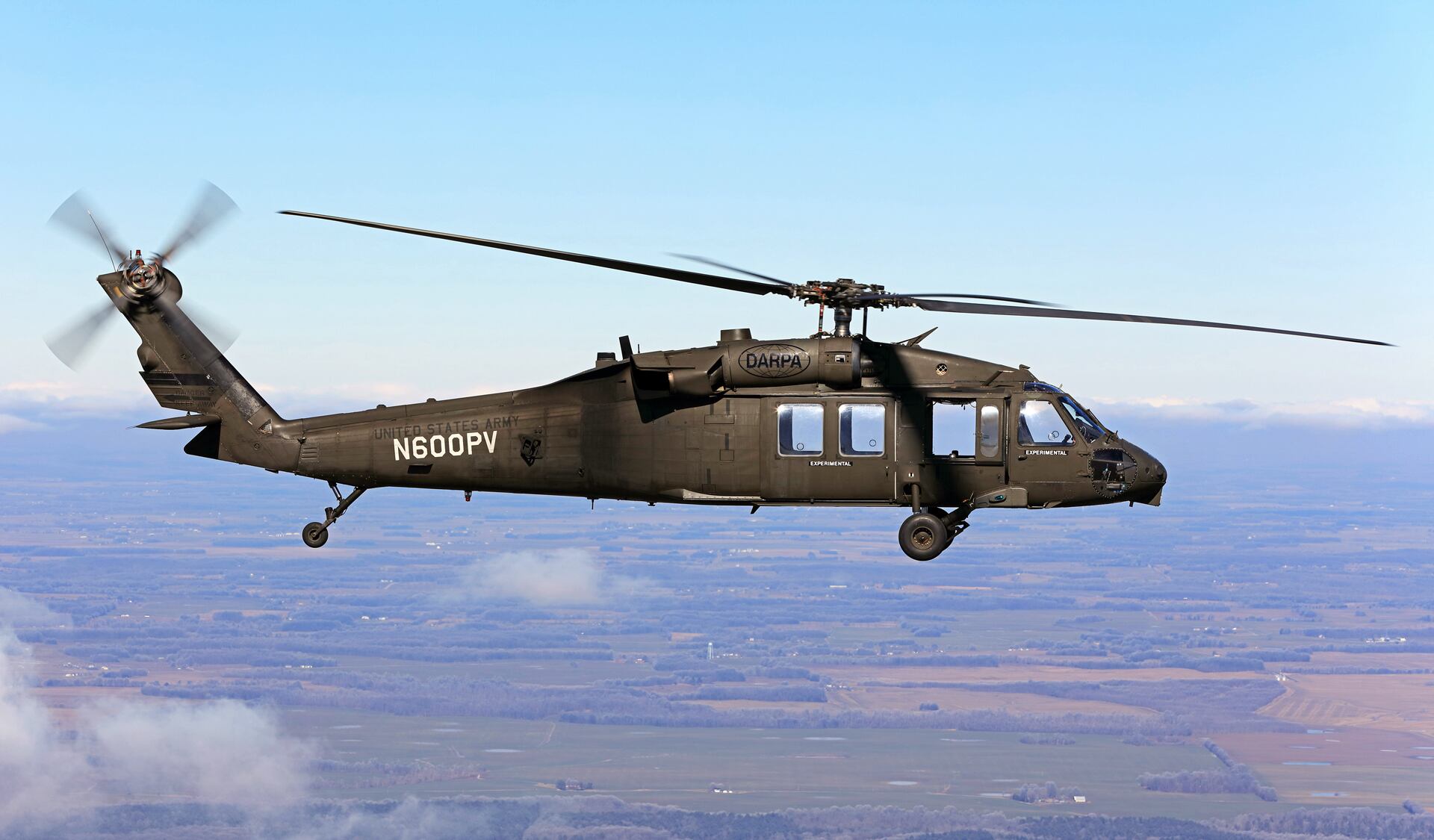Today’s multidomain battlefield is fraught with inherent challenges. Adversaries are dispersed, yet determined, blurring battle lines in austere environments and presenting increasingly complex threats. To overmatch the enemy on every front, the warfighter rightly demands a fleet of mission-capable assault aircraft that is ready and available where they need it.
Multidomain operations require capable, agile aircraft that are ready, reliable and resilient, regardless of where the fight takes place. As the U.S. Army moves to modernize its assault aircraft fleet, it can look to industry to minimize challenges in fleet integration, aircraft maintenance and long-term sustainment.
The original equipment manufacturers of the AH-64 Apaches, CH-47 Chinooks and UH-60 Black Hawks can help assure interoperability between the next helicopter and the enduring fleet. By integrating digital environments and model-based engineering to design future aircraft, industry can pass valuable intellectual property and considerable cost savings to the Army by building compatibility and predictability into all the aircraft.
The OEMs of the Army’s existing aviation fleet now use digital system models, simulations and digital twins throughout their design, build, upgrade and sustainment processes. This approach generates a robust, digital thread of program data for the new aircraft that also informs maintenance, sustainment and training needs in the existing fleet. As industry shares this data, Army Aviation can better support fielded aircraft and effectively plan for affordable, long-term sustainment of the modern fleet.
The Army Aviation industry is employing manufacturing techniques that shorten lead times and cut costs; at the same time, designers are creating advanced materials that reduce aircraft weight, vibration effects and corrosion in harsh environments. All of these innovations are yielding a faster, more reliable helicopter for the warfighter. Working closely with industry, the Army can modernize its assault aircraft and improve readiness with optimal maintenance time, efficient fleet integration and affordable sustainment models.
For successful fleet integration, the future long-range assault aircraft must use the Army’s existing logistical footprint and require minimal unscheduled maintenance. The austere environments of today’s battlefields separate the warfighters from the mechanics and logisticians they rely on, and they can’t afford to risk losing time for unscheduled maintenance. With model-based engineering and digital tools, industry is enabling prognostic, predictive aircraft maintenance, which saves Army Aviation time and money and achieves more than 90% availability. This greatly exceeds current standards and provides a critical enabler on the battlefield.
Using digital modeling and taking a modular, open systems approach, industry is identifying and reducing high-maintenance parts, replacing them with more reliable components and improving the quality of the aircraft. In fact, engineers who designed the T-7A Red Hawk achieved a 75% increase in first-time engineering quality.
With industry designing future aircraft with greater reliability, for condition-based maintenance and with advanced prognostics, the next helicopter will be able to meet the Army’s requirement to be ready to fly for about 100 hours without scheduled maintenance.
Working together, Army Aviation and industry are using digital design to integrate on-board maintenance prognostics into the future long-range assault aircraft. The warfighter will be able to monitor the helicopter’s health in real time, see early warning signs in the onboard data, and optimize maintenance activities. Scheduling maintenance so repairs are made on the warfighter’s time, not the aircraft’s time, will cut millions of dollars each year in operations and support costs.
The Army will soon replace the Black Hawk with an aircraft that can go twice as far and twice as fast without sacrificing survivability or maneuverability. As Army Aviation readies its future fleet of assault aircraft for multidomain operations, it can gain a distinct advantage in combat with a battle-ready aircraft that is ready to fly, no matter how hostile the environment. Industry has designed the next-generation helicopter to be fast to the fight and ready for any mission, giving the warfighter what they need to win the fight anytime, anywhere.
GEN(R) Gus Perna is a retired U.S. Army four-star general who served as the 19th commanding general of United States Army Materiel Command. He also co-led Operation Warp Speed, the U.S. Government effort to find a vaccine for COVID-19. Before taking over AMC, he served for two years as the Army’s Deputy Chief of Staff G-4. Perna retired from the Army in July 2021 after nearly 40 years of service. He currently consults for Boeing Defense, Space & Security.
Have an Opinion?
This article is an Op-Ed and the opinions expressed are those of the author. If you would like to respond, or have an editorial of your own you would like to submit, please email C4ISRNET Senior Managing Editor Cary O’Reilly.





